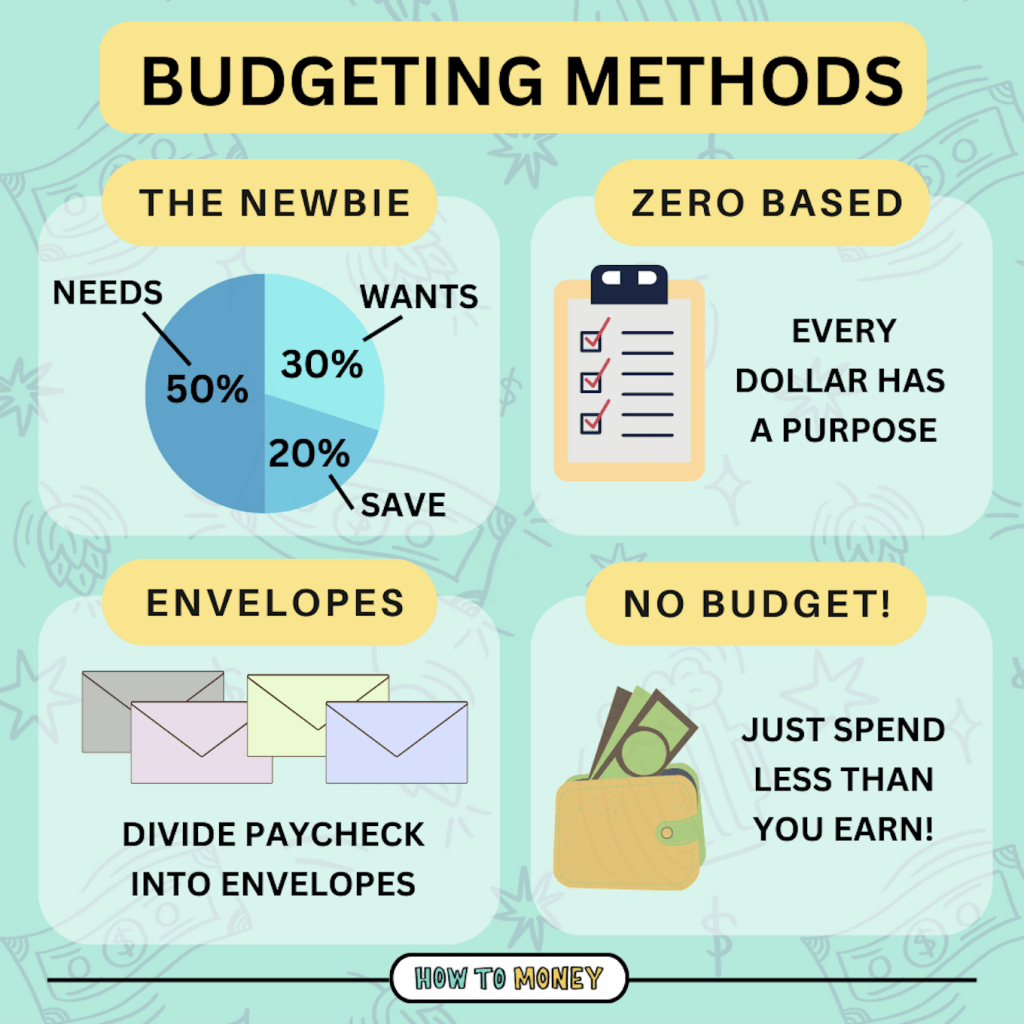
Budgeting Storytime Ideas for Kids: Planting Seeds of Financial Literacy
In an increasingly complex world, financial literacy is no longer a luxury, but a necessity. While the idea of teaching young children about budgeting might seem daunting, it’s never too early to introduce them to the basic principles of managing money. Storytime provides a fantastic, engaging platform to introduce these concepts in a fun and accessible way. By weaving budgeting lessons into captivating narratives, we can help children develop a healthy relationship with money, learn to prioritize needs versus wants, and build a foundation for responsible financial decision-making in the future.
Why Budgeting Storytime?
Traditional methods of teaching finance, such as lectures or complex spreadsheets, are unlikely to resonate with young children. Storytime, on the other hand, leverages the power of storytelling to capture their imagination and make learning more memorable. Here’s why it works so well:
- Engagement: Stories draw children in, making them active participants in the learning process.
- Relatability: Stories can feature characters and situations that children can easily identify with, making the concepts more relevant to their lives.
- Memorability: Narratives are easier to remember than abstract facts or figures.
- Emotional Connection: Stories can evoke emotions, making the learning experience more impactful.
- Fun! Storytime should be enjoyable, fostering a positive association with learning about money.
Key Budgeting Concepts to Introduce:
Before diving into specific storytime ideas, let’s outline the core budgeting concepts we want to convey to young children:
- Earning Money: Understanding that money is earned through work or effort.
- Saving Money: Putting money aside for future goals.
- Spending Money: Using money to purchase goods and services.
- Needs vs. Wants: Distinguishing between essential items and desired but non-essential items.
- Making Choices: Learning to prioritize and make informed spending decisions.
- Delayed Gratification: Understanding the value of waiting for something you really want.
- Budgeting: Creating a plan for how to spend and save money.
- Donating: Understanding the importance of helping others and being charitable.
Storytime Ideas: Bringing Budgeting to Life
Here are several storytime themes and activities that can be adapted to different age groups (preschool, early elementary) and settings (libraries, classrooms, homes):
1. The Lemonade Stand Adventure (Earning and Expenses):
- Theme: Entrepreneurship, earning money, covering expenses.
- Story Idea: A group of friends decides to set up a lemonade stand to earn money for a specific goal (e.g., a new toy, a donation to an animal shelter). The story follows them as they gather supplies (lemons, sugar, cups), calculate their costs, set a price for their lemonade, and track their earnings and expenses.
- Activities:
- Role-Playing: Have children role-play different roles at the lemonade stand (e.g., cashier, lemonade maker, advertiser).
- Cost Calculation: Use real or play money to calculate the cost of the lemonade ingredients.
- Profit/Loss Discussion: After the role-play, discuss whether the lemonade stand made a profit or experienced a loss.
- Craft: Decorate cups or make signs for a lemonade stand.
2. The Jar of Dreams (Saving and Goal Setting):
- Theme: Saving money, setting financial goals, delayed gratification.
- Story Idea: A child wants a specific toy but doesn’t have enough money. They decide to start saving by putting a portion of their allowance or money earned from chores into a "Jar of Dreams." The story follows their progress as they resist the temptation to spend their savings on smaller, less important items.
- Activities:
- Dream Jar Creation: Have children decorate their own "Dream Jars" to visually represent their savings goals.
- Savings Chart: Create a chart to track savings progress towards the goal.
- Discussion: Discuss the importance of patience and delayed gratification.
- Book Recommendation: Read "The Berenstain Bears’ Trouble with Money" by Stan and Jan Berenstain.
3. Needs vs. Wants Scavenger Hunt:
- Theme: Distinguishing between needs and wants.
- Story Idea: Create a simple story where a character needs to buy groceries but is tempted by toys and other unnecessary items. The story highlights the importance of prioritizing essential needs.
- Activities:
- Scavenger Hunt: Hide pictures or real objects representing needs and wants around the room. Have children identify and categorize each item.
- Sorting Game: Provide children with pictures or cards depicting various items and have them sort them into "Needs" and "Wants" categories.
- Discussion: Talk about why some items are considered needs and others are considered wants.
4. The Giving Tree (Donating and Sharing):
- Theme: Charity, generosity, helping others.
- Story Idea: Based on the classic book by Shel Silverstein, adapt the story to focus on donating money or resources to help others. A character earns money and decides to donate a portion to a worthy cause, such as a food bank or an animal shelter.
- Activities:
- Discussion: Talk about different ways to help others in need.
- Donation Drive: Organize a small donation drive for a local charity.
- Thank You Notes: Have children write thank you notes to organizations that help others.
- Book Recommendation: Read "Stone Soup" retold by Jon J Muth to illustrate sharing and collaboration.
5. The Adventures of Penny the Piggy Bank (Budgeting Basics)
- Theme: Introduction to the concept of a budget.
- Story Idea: Penny the Piggy Bank is sad because she doesn’t know where all her money is going. A wise owl helps her create a simple budget, dividing her money into categories like "Saving," "Spending," and "Sharing." Penny learns to track her income and expenses, making sure she has enough for her needs and some of her wants.
- Activities:
- Create a simple visual budget: Use pictures or symbols to represent different spending categories (food, toys, savings).
- Role-play spending choices: Present scenarios where children have to decide how to allocate Penny’s money based on the budget.
- Decorate piggy banks: Get plain piggy banks and let the children decorate them, reinforcing the saving theme.
Tips for Successful Budgeting Storytime:
- Keep it Simple: Use age-appropriate language and concepts. Avoid complex financial jargon.
- Make it Interactive: Engage children with questions, activities, and role-playing.
- Use Visual Aids: Pictures, props, and real money can help illustrate the concepts.
- Be Patient: Learning about money takes time. Be patient and reinforce the concepts gradually.
- Make it Fun! The more fun and engaging the storytime is, the more likely children are to retain the information.
- Relate to Real Life: Connect the stories and activities to children’s everyday experiences. For example, ask them how they earn money, what they like to save for, or what they like to spend their money on.
- Partner with Parents: Provide parents with resources and tips for continuing the conversation about money at home.
Conclusion:
Budgeting storytime is a powerful tool for planting the seeds of financial literacy in young children. By making learning about money fun, engaging, and relevant, we can empower them to make informed financial decisions throughout their lives. By incorporating these ideas into storytime, we can help children develop a healthy relationship with money, learn to prioritize needs versus wants, and build a foundation for responsible financial decision-making. Remember, the goal is not to create miniature financiers, but to instill basic principles that will serve them well in the future. Start small, keep it fun, and watch as their financial literacy blossoms.



